The After Action Review is a reflective practice that can be used for anything, but I find it especially valuable for social media pilots and experiments. The After Action Review (AAR) is a structured way to capture the lessons learned from any project, with the intent of improving future performance. It is an opportunity for a group to reflect on a project, activity, event or task so that they can do it better the next time. It can also be used in the middle of a project or strategy to learn while doing.
The process is simple. You ask and answer these questions:
- What was the intent?
- What actually happened?
- Why did it happen?
- What was learned?
One person in the group facilitates and the rest of the groups participates. The feedback is captured on a white board or online document. The process can be done in person or online.
An After Action Review can produce insights, but participants need to embrace with an open attitude, not blame game. What makes it useful as this detailed description of the method points out.
- It does not judge success or failure.
- It attempts to discover why things happened.
- It focuses directly on the tasks and goals that were to be accomplished.
- It encourages people to surface important lessons in the discussion.
- More people participate so that more of the project or activity can be recalled and more lessons can be learned and shared.
Last week, I participated in a free agent campaign called #takebackthepink – was launched shortly after January 31, 2012 when the AP reported that the Susan G. Komen Foundation’s board had decided to stop providing grants to Planned Parenthood affiliates to support breast health efforts. This decision ignited a flurry of responses from individuals and organizations and mainstream media – both for and against the decision. My colleague, Allison Fine, launched a fundraiser, and ignited a flurry of online organization as she recounts here.
It is another reminder that in our clearly demonstrated that in our connected world, ideas and action can spread fast – and as Clay Shirky says, “We can feel faster than think.” Social networks provide the stage for unconnected actors, free agents, and people who care about issue to organize and take action – very quickly. This how a campaign, “TakeBackthePink” launched. While it wasn’t my campaign, I participated in the “TakeBackthePink” to understand the lessons of self-organizing, free agent activists along with Allison Fine, Amy Sample Ward, Stephanie Rudat, Lucy Bernholz, Tom Watson, and Lisa Colton.
The lessons did not happen as the drama was unfolding, it happened through an “after action review” that we did virtually in a google document. You can read the full reflection here.
Does your organization use an “After Action Review” process or something similar to debrief on campaigns, programs, and other activities? Have a story to share about how it worked or didn’t? Leave in the comments.
